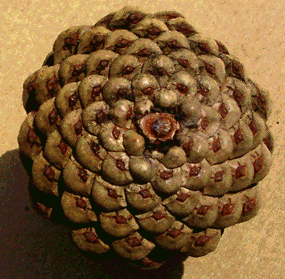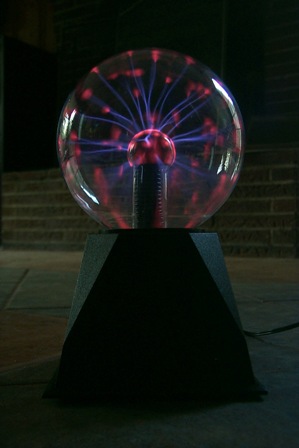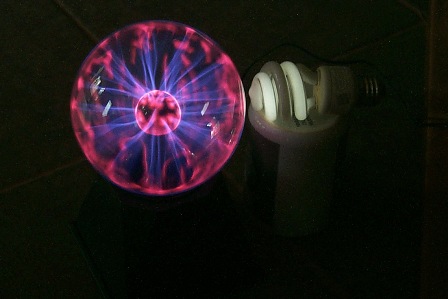I am still the webmaster for the employees' association at work. Currently their website is hosted by hostway.com. They charge $13.95 per month for hosting the website and $19 per year for registering the domain name. In reading up on the subject some people say that you should not have the same company host the site and register the domain. I found an inexpensive and well regarded registrar called namecheap.com (GoDaddy is a more famous one; like most of these companies they also host websites) that charges $8.88 per year. I also found a well regarded web hosting company called A Small Orange that charges only $25 per year for their smallest web hosting package (75 MB of storage space 3 GB per month of traffic). It turns out that ASO's servers are located in Atlanta, so that's even better.
So far, so good. With only a month to go before my Hostway account renews itself, I signed up for accounts on both NameCheap and ASO. While I was at it, I bought another domain since we were using a gdotea.com address and, being a nonprofit organization, I thought we should have gdotea.org so that it would forward anyone who typed that to the .com site. I was reducing the web expense from $186/yr to $36/yr, so I thought another $8.88 wouldn't hurt.
They don't make it easy to switch all of this around. Even though users will still be going to www.gdotea.com and the web pages will look exactly the same, the web files will be stored on a different computer on the internet owned by a different company. This is done through a DNS system that takes a URL that a user types in and then puts them in touch with the appropriate computer that has a numerical address of 4 numbers separated by dots (45.46.47.48). They don't make it easy because they don't want me to be able to change cnn.com to point at some bogus website.
The current company has no incentive to let you switch since they want to continue to charge you for this service. Hostway supposedly makes this pretty easy except that I found out today that I do not have permission to do that. Instead it was still in the name of the original webmaster who had set all of this up (and fortunately still works here), even though I actually paid to renew the domain last year. Once I get that information I will be able to use the EPP code which will authorize namecheap to execute the transfer. Without the code you can't do it. To make it more complicated, if you do a WHOIS on gdotea.com, it shows tucows.com as the registrar, not Hostway. So I guess Hostway actually used Tucows to register the domain.
The other hard part is to set up my domains in NameCheap to point to my ASO server. I thought the way it would work is that I just enter the numerical address. But I can't do that. Instead I have to use a Domain Name Server. NameCheap has one, but I can also have NameCheap use ASO's Domain Name Server. I don't understand that and I don't see how I can tell NameCheap about the files stored on ASO. When I registered with ASO they asked what domain I would be using and I entered gdotea.com. But how do I get gdotea.org to point to the same place? ASO doesn't even know about gdotea.org so their DNS won't figure it out. NameCheap allows me to do URL forwarding where anyone who types in gdotea.org goes to gdotea.com automatically. So I guess I'll do that, though I thought it would be neat to be able to be able to have gdotea.org function with the same exact files that gdotea.com uses.
Actually I think this can be done by setting up a custom nameserver for gdotea.org on NameCheap. I go to Advanced Options and Nameserver Registration, then I enter the IP addresses supplied by ASO for ns1.gdotea.org and ns2.gdotea.org. Then I need to turn off URL forwarding and see what happens. [This didn't work. The IP's that ASO sent to me were for their nameserver which still doesn't know about gdotea.org. If I really wanted to operate gdotea.org, I believe I could send an e-mail to ASO and have them add that entry to their nameserver. I'm still not sure why I can't set namecheap's nameserver to point to my ASO space.]
There is also something called Dynamic DNS, but I don't know whether I need that. I think it depends on whether ASO will always assign the same IP to me or not.
Once I get all of this working, which could still take a week or so, hopefully I can cancel Hostway completely.


